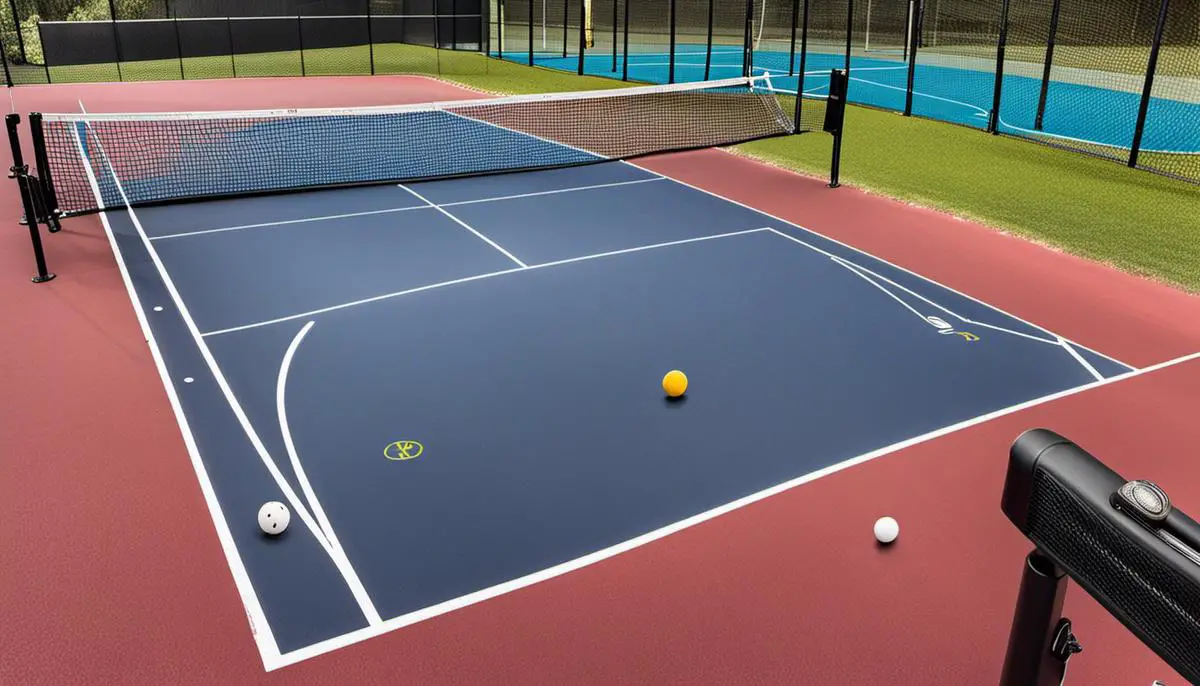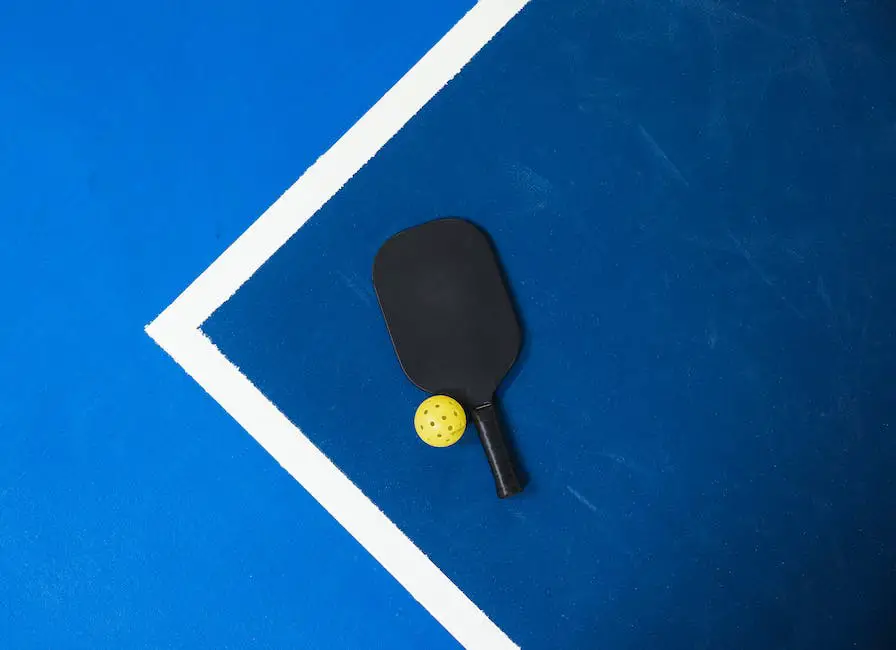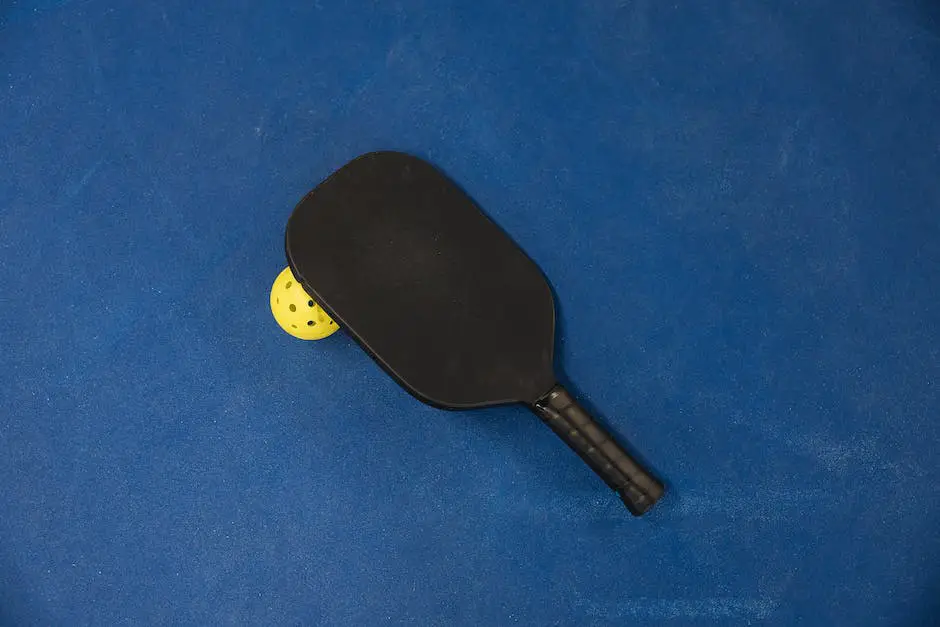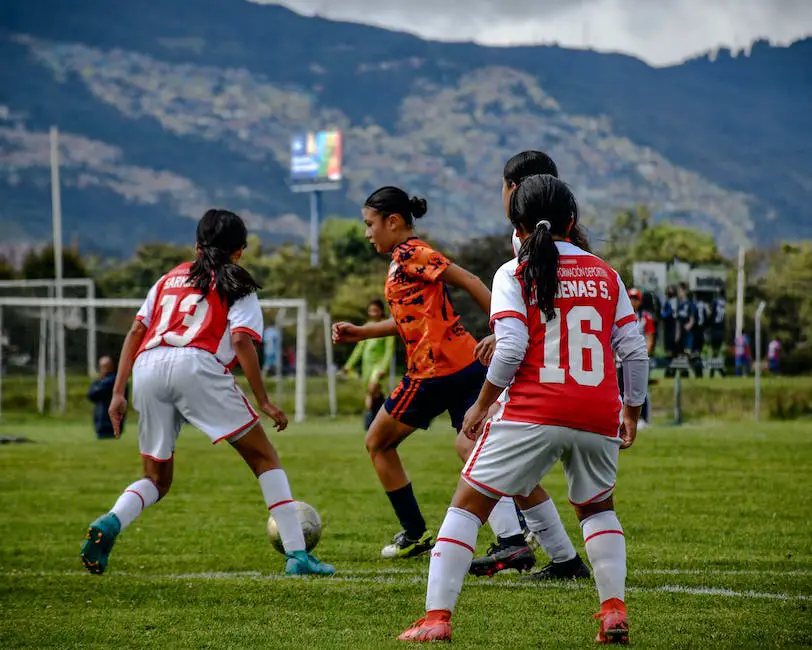Pickleball is a fast-growing sport that combines elements of tennis, badminton, and table tennis, requiring precise coordination and strategic acumen particularly when played in doubles format. While the game may seem simple at first glance, achieving proficiency calls for a deep understanding of the rules, accurate mastery of serves, intricacies of court positioning, and advanced plays. This comprehensive exploration aims to provide a valuable guide to anyone seeking to sharpen their doubles strategy, whether they’re a novice looking for foundational knowledge or experienced players eager to elevate their gameplay by leveraging complex tactics.
Understanding the Basics of Pickleball Doubles Gameplay
Pickleball Doubles: Rules and Scoring System
In Pickleball doubles play, there are two teams of two players each, with both teams competing on the same court. Matches are usually best out of three games to 11 points, but the winning team must win by at least a two-point margin. Players on the serving side alternate serving until they fault, at which point the serve changes to the opposing team.
A crucial rule in doubles pickleball is the non-volley zone rule, also known as the ‘kitchen.’ This means players can’t volley (hit the ball without it bouncing) if standing within the seven-foot area on either side of the net. The ball can only be played when it bounces in this area. There is also a double-bounce rule, meaning the ball must bounce once on each side before volleys are allowed.
Scoring can be a bit tricky in pickleball as you can only score points when your team is serving, and points are always announced as three numbers representing the serving team’s score, the receiving team’s score, and the number 1 or 2 representing which server is currently serving.
Pickleball Court Layout
A pickleball court is a rectangle measuring 20 feet wide by 44 feet long, divided into two equal squares by a net hung at 36 inches on the ends and 34 inches in the middle. On each side of the net, there is a non-volley zone of 7 feet extending from the net. Beyond those, the court is divided into the left (even) and right (odd) service areas.
Player Positions and Common Terminologies
In doubles play, good communication between partners is essential, as is positioning. The strongest setup is typically with both partners side by side, covering half the court each.
“Stacking” is a common tactic used in pickleball doubles where both players stand on the same side of the court when receiving a serve to have a stronger player always on the difficult side or to maintain a left-hand/right-hand player setup.
“Poaching” is when a player reaches over to their partner’s side to play a ball that was initially directed to their partner. “Dinking” is a soft shot that lands within the non-volley zone, preferred when both teams are at the net.
Essential Equipment for Pickleball
The fundamental pickleball equipment includes a pickleball paddle, a pickleball ball, and a pickleball court with a net. Paddles vary widely in material (wood, graphite, or composite), size, and weight, and personal preference typically dictates the choice of paddle. The ball has holes like a wiffle ball, is made of plastic, and has a distinctive bounce. Depending on whether you are playing indoors or outdoors, there are different types of balls you can use. The outdoor balls are heavier and have smaller holes compared to the indoor ones.

Developing Effective Serve and Return Strategies
Understanding the Essentials of Pickleball Serve
The serve in pickleball plays a crucial role in setting the tone of the game. To develop an effective serve, start by mastering a powerful serve. The power serve requires a strong, nearly full swing to generate speed, making it hard for the opponent to control the return. This serve is typically used to catch opponents off-guard or reset the server’s team position.
Avoid serving to your opponent’s forehand. Most players have a stronger forehand than backhand, so aim your serve to their backhand side to increase the chance they’ll return a less aggressive shot. Remember, the goal of the serve in pickleball isn’t to score a point, it’s to start the point.
Controlling the Serve Depth and Placement
Controlling the depth and placement of your serve can give you an added advantage. Deep serves are generally more effective as they put the returning team on defense, buying the serving team time to get to the net. You can practice hitting deep by aiming for the baseline of the opponent’s court during practices.
Understanding your opponents’ weak areas and placing the ball accordingly can also disrupt their game strategy. For instance, if an opponent struggles with low balls, make sure your serve bounces low.
Different Types of Pickleball Serves
Besides the power serve, the spin serve is also an important technique to add to your arsenal. Adding spin to your serve can make it difficult for opponents to predict the ball’s path and deliver an effective shot.
Drop serve is another type of serve recently approved in pickleball rules. This serve involves releasing the ball from hip level and striking it after it bounces on the court. Drop serves can often surprise opponents and force them to make a less powerful return.
Effective Return Strategies
Returns can define the next course of the gameplay, making it essential to strategize effectively. Aim for deep returns, as they give you and your partner more time to establish yourselves at the net, which is the prime strategic position in pickleball.
Try to send your returns down the middle of the court. This strategy results in confusion between the opponents over who will hit the ball, resulting in weaker returns. Additionally, balls hit down the center have less chance of being hit out of bounds.
Conclusion
Mastering the art of serving and returning in pickleball requires understanding your opponents’ gameplay, practicing different techniques, and staying mindful of court positioning. These strategies, when executed correctly, can significantly boost your performance in pickleball doubles.

Implementing Court Positioning Techniques
Mastering Pickleball Doubles Strategy: Offensive Positioning
In pickleball doubles, offensive positioning is crucial. When on the offensive, your team should ideally be at the net, as it is the most advantageous location, allowing you to cover the majority of the downward angle shots. Assuming a “two up” position with both you and your partner at the net provides significant pressure on opponents and blocks them from making essential shots. Being ready for volleys or dropping shots just over the net would be a good offensive strategy.
Mastering Pickleball Doubles Strategy: Defensive Positioning
Defensive positioning involves shifting to the optimal positions based on the current state of play, especially when your opponents are on the attack. The ideal position is closer to the baseline or in the “two back” position, standing parallel to your partner. This stance covers the maximum amount of court space for you both, making it difficult for opponents to pass the ball in any direction. If the ball is pushed to one side, players should shift as a unit to ensure the middle of the court is always covered.
Efficient Court Coverage
Covering the court efficiently involves assessing the gaps and ensuring they are guarded. On defense, maintain positions on either side of the baseline. On offense, positioning at the net allows you to have a wider range of shots and to put more pressure on your opponents. Constantly be aware of your partner’s position and move in harmony, protecting the vulnerable sections of the court.
Communication in Pickleball
Clear and regular communication with your partner is vital in pickleball doubles. Discuss your game plans and strategies before playing. Communicate throughout the game about who takes balls in the middle of the court, who covers which half of the court, and call out when a ball is out of play. Use clear, simple commands like ‘yours’, ‘mine’, ‘help’, ‘out’, etc. Remember, the game relies heavily on teamwork, coordination and understanding between you and your partner.
Transitioning from Baseline to Net
Transitional plays are crucial when shifting from the baseline to the net. Use the neutral zone, or the ‘No Volley Zone’ (NVZ), during this shifting process. When moving forward, use the third shot drop technique to allow your team to advance to the net. The ball should be hit softly so that it falls into the NVZ, hampering your opponents’ attempts to return a winning shot and buying you time to make the transition smoothly. Alternating soft and hard shots could be utilized to maneuver your opponents out of position, giving you a window to move towards the net.

Practicing Advanced Doubles Strategies
Understanding Advanced Pickleball Doubles Strategies
Pickleball is a fast-paced game that requires precise skill and strategy, especially in doubles play. Advanced strategies encompass several aspects including stacking, poaching, and pinching, as well as essential shots such as the ‘third shot’ and techniques like dinking and lobbing.
Mastering Stacking
Stacking in pickleball refers to positioning both players on one side of the court with an aim to retain the hand dominance of at least one player. It helps in keeping a strong player in the power position, improving the chances of winning a point. To practice stacking, coordinate with your partner and decide who remains in their strong side (e.g., left-handed player on the left side of the court). Switch positions seamlessly as the game progresses.
Leveraging Pinching and Poaching
In Pinching, a player moves towards the center of the court to cut off any shots. It is crucial in applying pressure on the opponents forcing them to make mistakes.
Poaching, on the other hand, is when a player encroaches their partner’s side of the court to take a shot. This strategy could catch the opponents by surprise and give you an upper hand. Practice these techniques during your games by closely watching your opponents’ movements and then acting accordingly.
Effectively Using the ‘Third Shot’
The ‘third shot’ is performed by the serving team and is a potential game-changer. The main options for this play are a drop shot into your opponents’ non-volley zone or a drive shot aimed at their feet. Sharpen this skill by practicing both these shots, choosing strategically based on your opponents’ positions and skill levels.
Mastering Dinking and Lobbing
Dinking is a soft shot that lands in the opponent’s non-volley zone. The aim is to force the opponents to hit upward and create an opportunity for your team to attack. Practice this by hitting soft shots in the non-volley zone while aiming to keep the ball low and unattackable.
Lobbing, alternatively, is hitting the ball high and deep into the opponent’s court. This strategy could buy you time or pull a net player out of position. Improve your lobs by practicing hitting high and deep into the court while ensuring it is not too short for an opponent’s overhead smash or too long to go out.
While these strategies and techniques may seem complex, regular practice and application in games will gradually make them second nature. Remember, any great advance in pickleball doubles is often a result of seamless teamwork!

Mastering pickleball doubles strategy demands incessant learning and practice. By acquiring a fundamental understanding of gameplay and progressively developing your serve, return, and positioning techniques, you lay a strong foundation for your game. The adoption of advanced strategies, such as stacking and effective ‘third shot’ use, merely paints a broader spectrum of possibilities on your gameplay canvas. This game’s essence lies not merely in the player’s skills but also in strategic implementation, efficient communication, and agile adaptability. With a mindset towards steady improvement and constant practice, you can shrug off the tag of a beginner, earning your place among the upper echelons of this compelling sport.